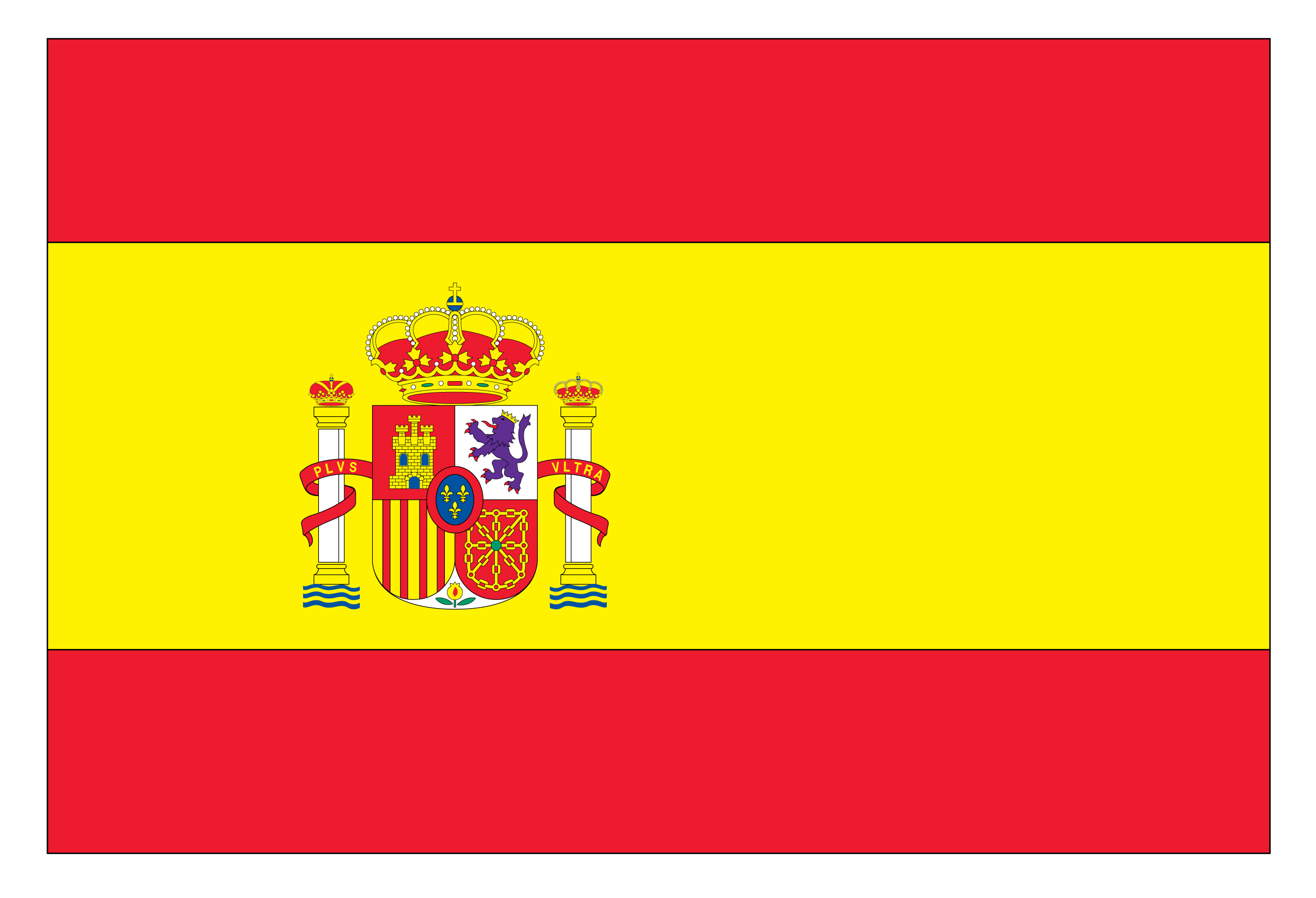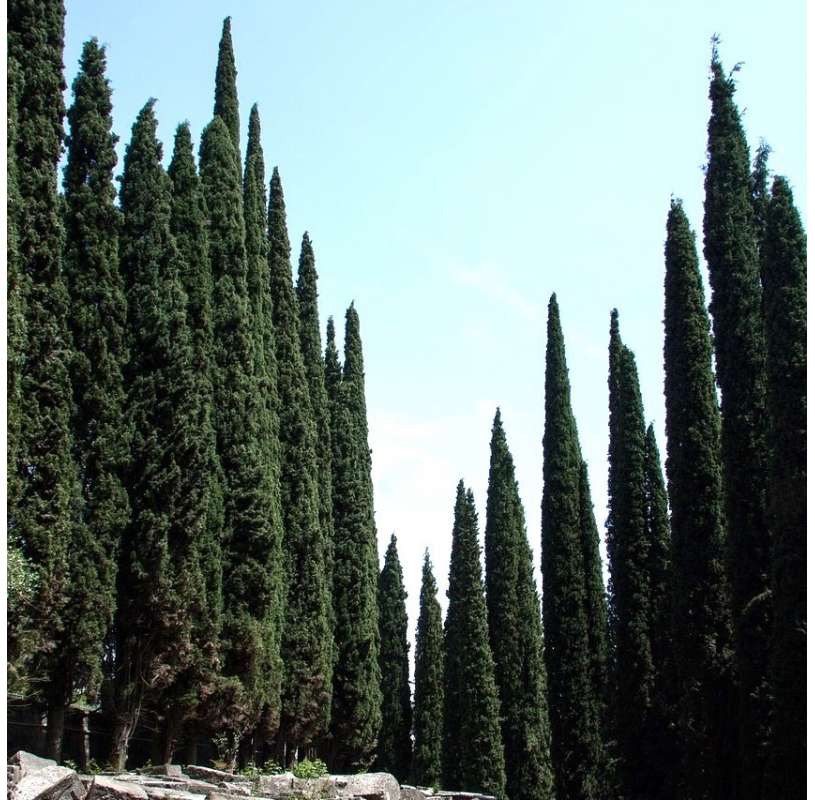Cupressus Sempervirens
1283-C20-N-P
Cupressus sempervirens or cypress common is a conifer that is part of both the Mediterranean landscape as of our gardens alone as well as in the implementation of hedges.
 Encrypted payments for greater security
Encrypted payments for greater security
To reduce the plant's time in transit, shipments are made from Monday to Wednesday.


Shipping only to mainland Spain and mainland Portugal
Cupressus sempervirens or Mediterranean cypress is a conifer with a dense which belongs to the cupressaceaes.
Its elegant, and spear-shaped silhouette is part of the Mediterranean landscape.
It is a long-lived tree, rather slow growth, resistant to drought, frost and wind, although it will develop much better with regular water and fertilizer.
It adapts much better to warm climates, of dry summers and winters of soft temperatures.
Can be planted in almost any type of soil, especially limestone but not saline or waterlogged.
Cupressus sempervirens does not need to be pruned, just slight trims to keep it in shape.
Do not keep flooded soils or overwater it too much, since there is risk of developing fungus, especially "the brown patches", which can be avoid with fungicidal treatments applied in spring and autumn.
Water cupressus sempervirens regularly until its roots are well stablished, then start to spread irrigations.
At the moment of sowing:
Take care of the roots so that they do not get damaged.
In some cases it is advisable to fasten them so that they do not bend.
The most used varieties are:
- pyramidalis
- stricta
- totem
- horizontalis
1283-C20-N-P
Data sheet
- Name
- Cupressus sempervirens. Mediterranean cypress. Common cypress.
- Origen
- Mediterranean regions.
- Height
- Until the 20-30mtrs of height.
- Colour
- Dark green
- Flowering
- The end of the winter, but is not relevant.
- Location
- Sun or partial shade.
- Irrigation
- Moderate, without flooding. ( Not resists drought)
- Applications
- As a specimen in groups, for hedges or as a protective screen.
- Sales format
- Pot 14cm diam. 0,80-1.00mtr
- Others
- It resists up to -10ºC
- Note
- Being the product a living plant and depending on the season, this plant could be received, in some cases, not exactly the same as in the photography, but as similar as possible, without impacting on quality of the same.

 English
English Spanish
Spanish





